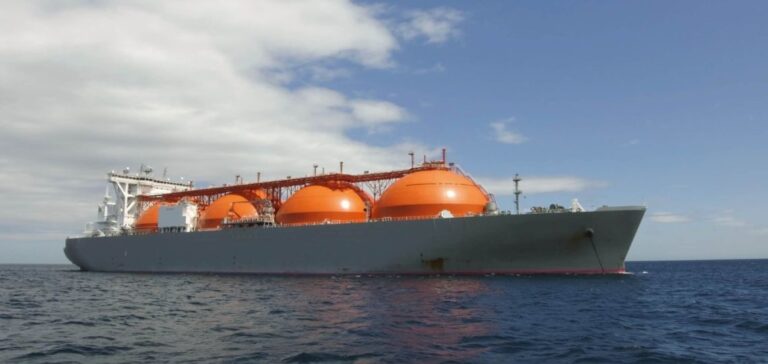Representatives from several countries are meeting in Seattle to reduce GHG emissions, particularly methane in the LNG chain. The Global Methane Pledge supports a 30% reduction by 2030.
Greenhouse Gas Emission Reductions in the LNG Chain: Commitment by APEC Participants
Representatives from Australia, Canada, Chile, Indonesia, Japan, the Republic of Korea, New Zealand, Papua New Guinea, Peru, Chinese Taipei and the United States met in Seattle. The aim is to reduce greenhouse gas (GHG) emissions, particularly methane, in the LNG supply chain. They reaffirm their commitment to the Global Methane Pledge. This commitment aims to reduce methane emissions by 30% by 2030. Data transparency and international cooperation are key. A joint public-private effort is encouraged to further reduce methane emissions from the LNG chain. Participants called on other nations and industry players to step up their efforts to reduce GHG emissions from the LNG chain.
Methane Reduction Target: Towards a Cleaner LNG Chain
Global Methane Pledge participants reduce methane emissions. They are targeting the LNG supply chain for this. The initiative supports the objectives of the Paris Agreement. It contributes to reducing GHG emissions in line with this agreement. By focusing on methane, a powerful greenhouse gas, they mitigate its impact. Proactive commitment to environmental sustainability and climate change mitigation.






















